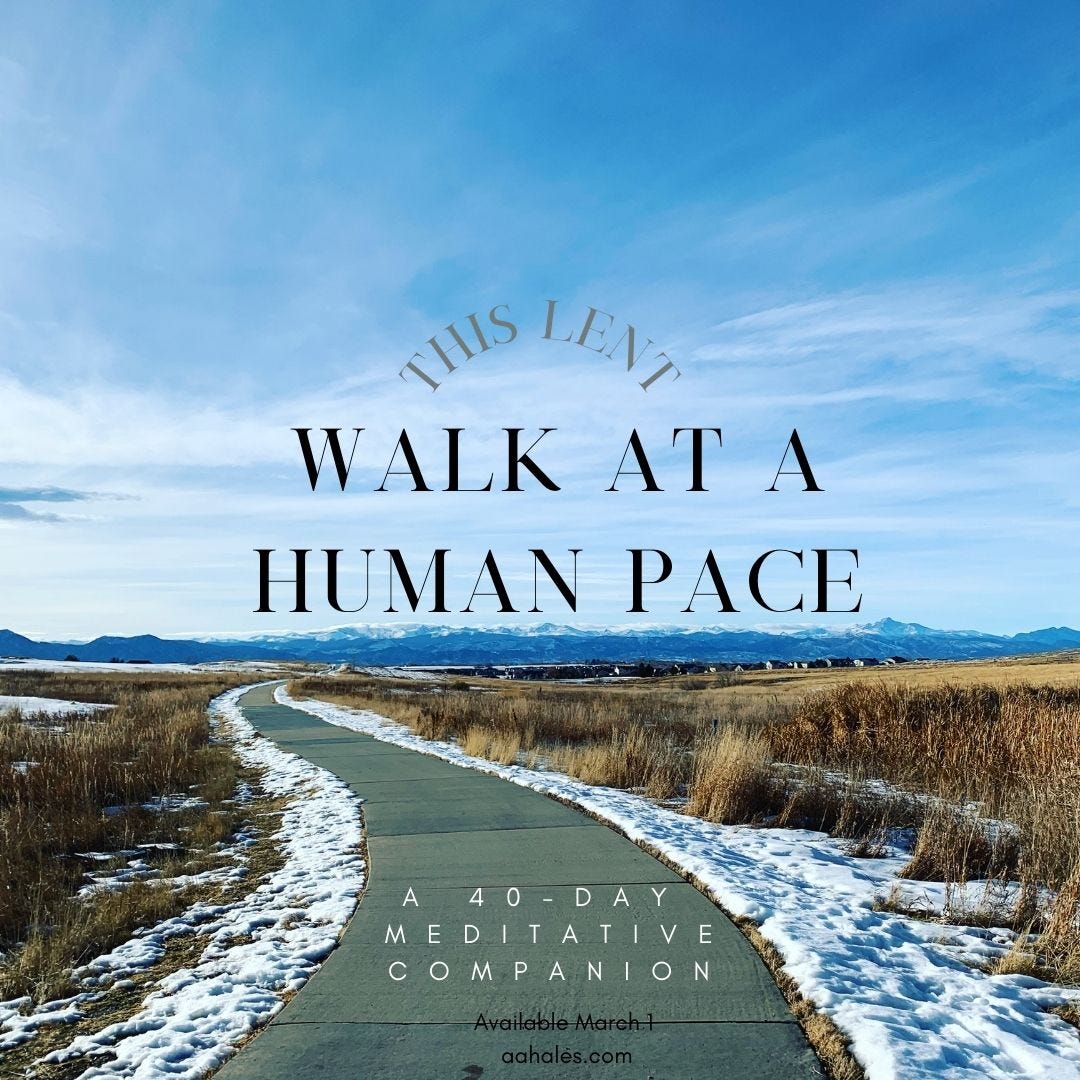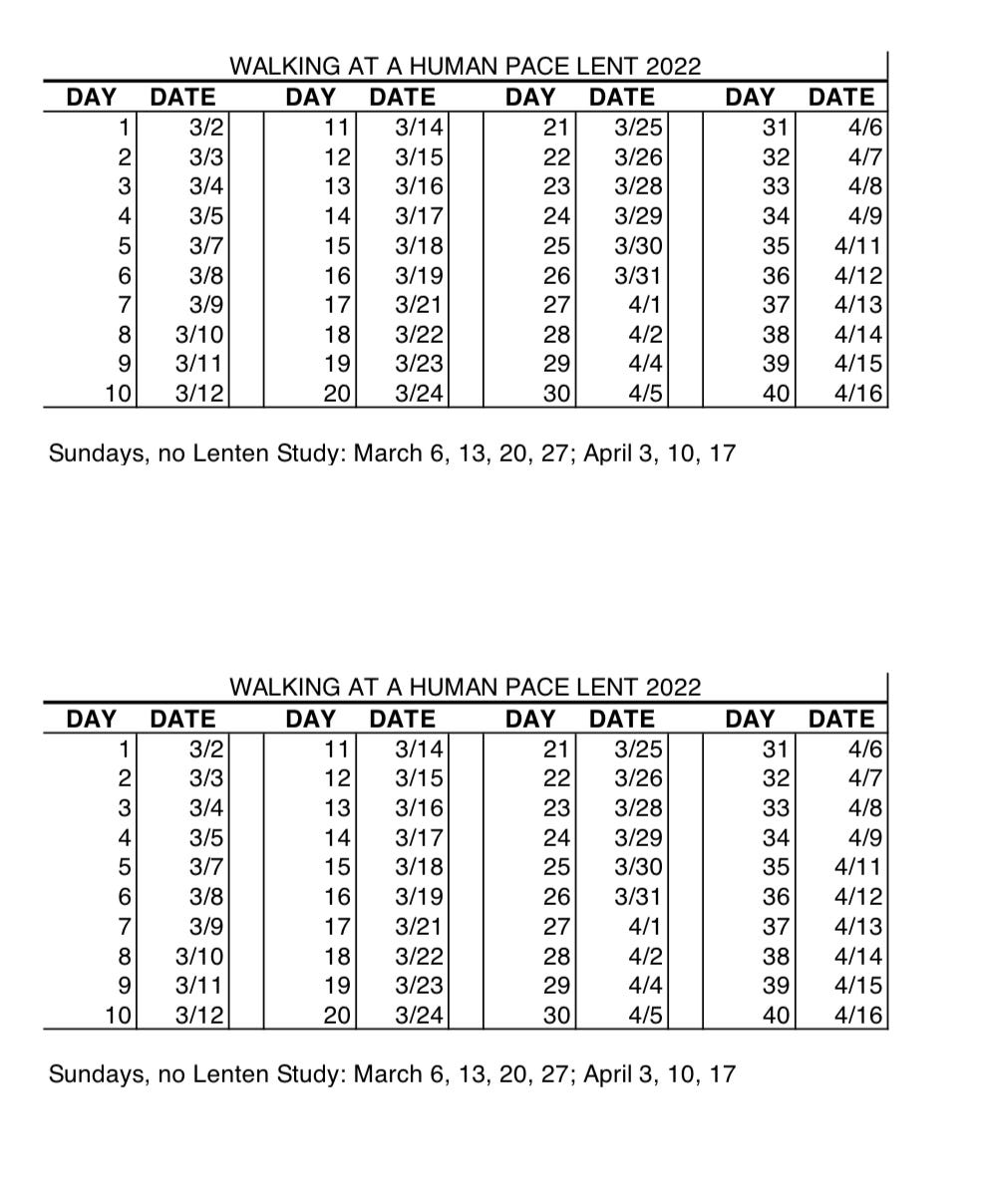“The indeterminancy of a ramble, on which much may be discovered, is being replaced by the determinate shortest distance to be traversed with all possible speed, as well as by the electronic transmissions that make real travel less necessary.” —Rebecca Solnit, Wanderlust (2000)
What does walking do for us we ask?
In the twenty-first century, walking feels the luxury of the privileged (walking for leisure!) but also the transportation of the poor. Can we walk? Should we? For those of us in the knowledge economy, walking seems counter-intuitive to the god of production. While philosophers and writers may walk, to get something loose in their creative process, we ask ourselves how we, as normal people, might justify a walk when so much is left to undone, so much left to do. Dare we take time for a walk? Perhaps only if we listen to a podcast, or plan out the next thing. Dare we take a walk when there are others who can’t walk, or are going through war, or who must walk because they do not have what I have?
In an essay of C.S. Lewis’ that I love to return to, “Learning in Wartime,” he writes: “If men had postponed the search for knowledge and beauty until they were secure, the search would never have begun. We are mistaken when we consider war with ‘normal life.’ Life has never been normal.” So now, when a war rages in Ukraine, when justice does not prevail in our own communities or nations, can we dare to walk?
Yes, we must. For walking, like art and beauty and learning, is a habit that opens us up rather than closes us off. It allows for serendipity. It gives us new eyes. It can be a doorway into coming to terms with our mortality (we feel those joints, we see the mutability of the landscape). It can shake something lose and give us new invitations.
It precisely this “indeterminancy” of walking Solnit notes that calls attention to the bit of mystery around walking’s edges. It is not so much what walking does for us that may convince you to take up walking as a Lenten practice (though there a host of things that will indeed do your body and spirit good), but rather walking is a counter-liturgy to a culture that measures worth by our production, or our causes, or what beliefs we intellectually assent to.
What might happen if you just went for a walk to just see what you notice — without any agenda? What makes a regular walk exciting is that each day your place is entirely new. You are entirely new. Your pace changes. The wildlife is different. The light changes your landscape and the mood shifts. Each walk you have the opportunity to be a figure in the landscape — connected to your place as you move your arms and legs.
Walking dislodges some of the crustiness around our brains, joints, and souls. But you won’t know until you try — and until you make it a practice, a rhythm of intention, movement and attention.
For Lent, I’m walking at a human pace and I hope you’re joining along (or will join with us). For the 40 days of Lent, I’m lacing up my shoes, putting in my earbuds, and spending time in prayer and in my place. It’s an effort to slow down. To not take myself so seriously. To uncouple myself from the god of production and the enticing call of escape through distraction. To be moved and acted upon, instead of imagining that I hold the reins.
What a gift when war and injustice is all we see. When we walk we have a moment to pull back, to realize that life has never been normal. It is, however, a gift. Might we chase a bit of beauty, might we experience a bit of rest, might we learn to name our deep soul hungers, when we walk?
And a note for those participating: a reader reached out and made us all a calendar so we don’t have to do math in our head (“What day of Lent is today?” “Which episode am I on now?”). I offer that to you so you can print it out and remember as you walk.
So give it a go — I dare you — learn to walk at a human pace this Lent.
Here’s your calendar:
Or a pdf to download:
Walking at a Human Pace is a 40-day walking meditation and prayer practice. You’ll have scripture read to you, a few thoughtful questions, and a chance to reflect and pray each day in 10-15 minute episodes. It’s available in my shop for $10 through the month of March.
If you join in and share, be sure to tag me on Instagram @aahales and use #walkingatahumanpace to connect with others.






Jonathan Stalls is a pedestrian advocate. Following him has definitely changed the way I walk. https://www.intrinsicpaths.com/ways-of-walking